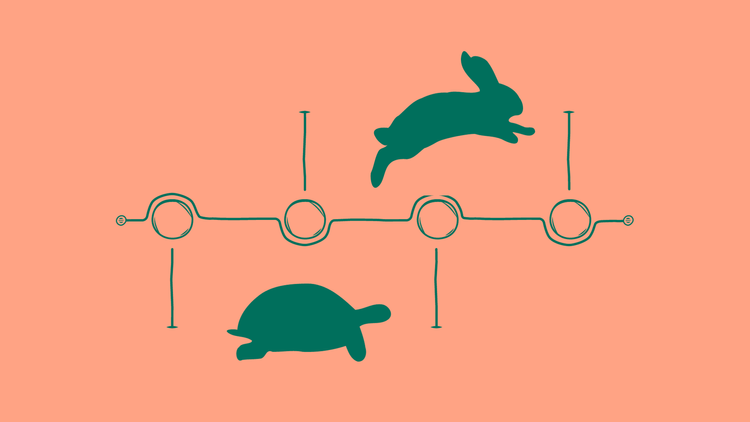The City-Based Gig Economy Is BS
After investing billions, the “Gig Economy” is all noise.
“The share of Americans who may be classified as part of the “gig economy” has shrunk since 2005, according to a government report that also showed such jobs are increasingly concentrated among older workers in an aging labor force.”
Hart’s Comment
For years, companies and investors have described fundamental shifts in the labor market — the “future of work” — and digitally-connected economy. Freed from corporate restraints, the thinking went, millions of empowered people could pick up work when they wanted.
This exciting trend was called the “Gig Economy.” Billions of investment dollars flowed into a trend that promised to transform cities.
So far, it is all bullshit.
From 2005 to 2017, the number of free agents — those who could pick up gigs — declined. Of those who remain, a growing percentage is over fifty-five.
So what’s going on here?
In one word: economics.
Researchers at MIT recently released a report that claims Uber — the granddaddy of the Gig Economy — drivers make $8/hour. The same study claims that, on average, a majority of Uber’s drivers make below the minimum wage in their states — and 8% actually lose money by driving for Uber.
And here’s the central tension: I will only take an Uber if it is not too expensive. Uber, therefore, has a deep incentive to offer ever-lower priced options. Once I receive an inexpensive ride, and Uber takes a fat cut, the driver makes $8/hour.
In 2018, an average American cannot live on $8/hour. So until I’m willing to pay more, or Uber is willing to receive less, the economics for the driver cannot fundamentally change.
The result is that, over time, more drivers leave the market and The Gig Economy stops being real.
Uber knows this, and that’s why they are investing so heavily in robots and self-driving cars. If Uber eliminates the middle-man — those pesky drivers — the cost of my ride goes down and their margin goes up.
The Gig Economy has validated one business model, though.
It turns out that we are willing to let strangers drive us around, clean our home and underwear, pick up our kids, and get us take-out food.
The question is whether we will let robots do those things as well.





